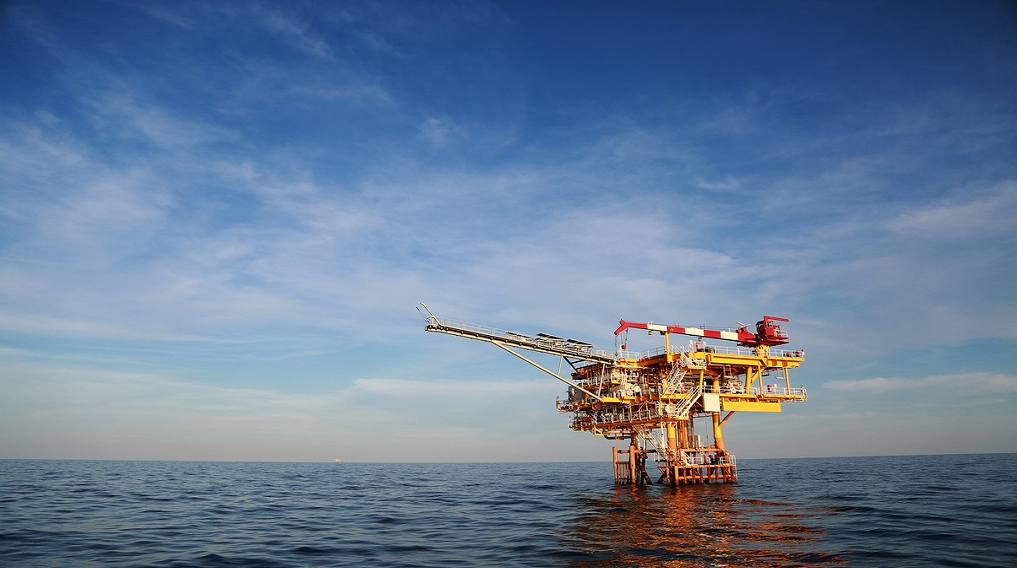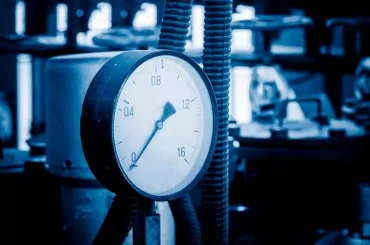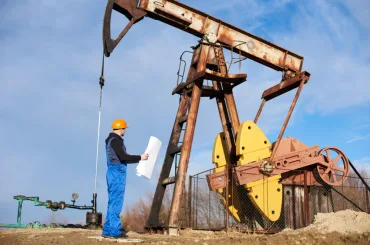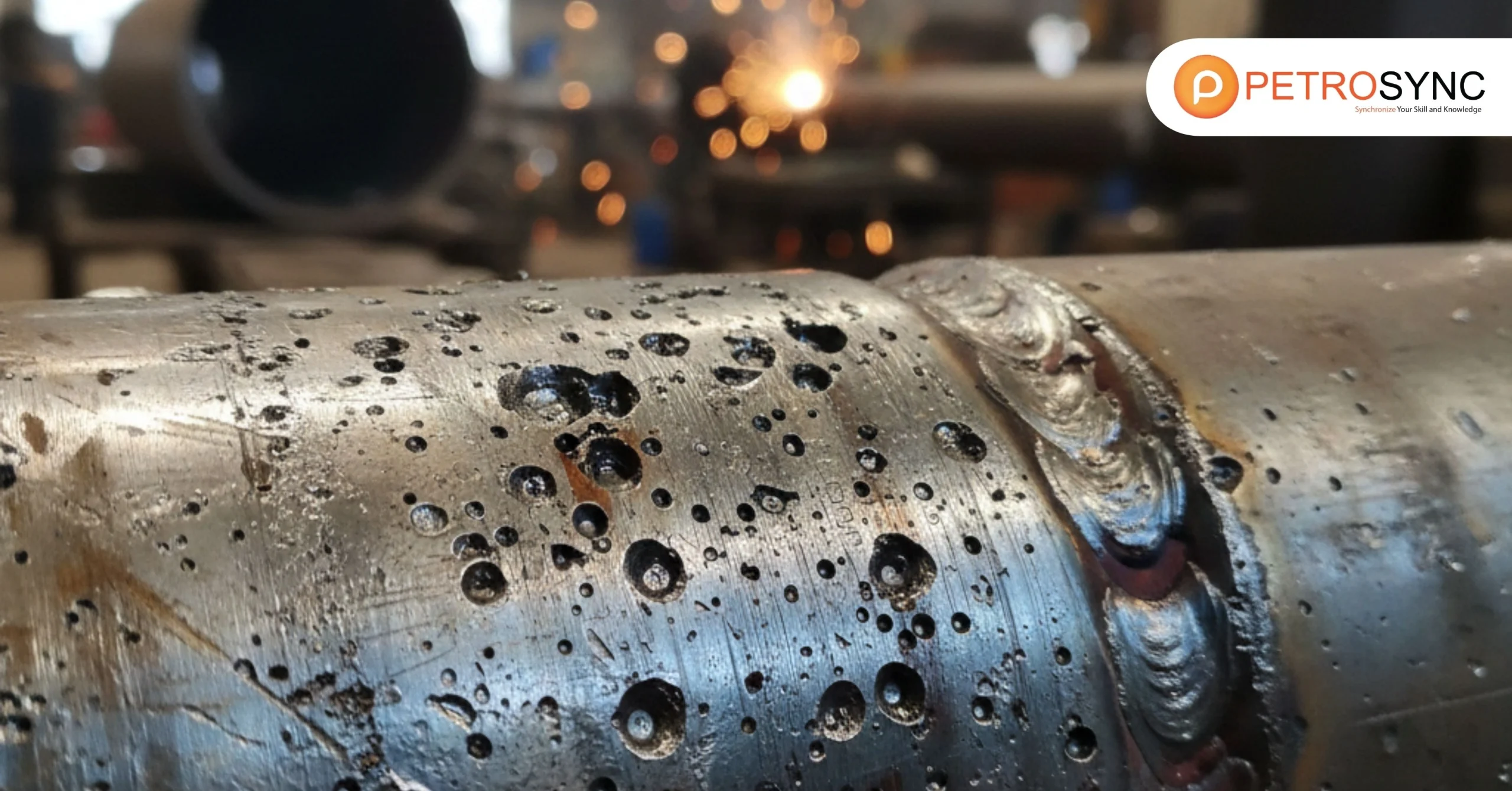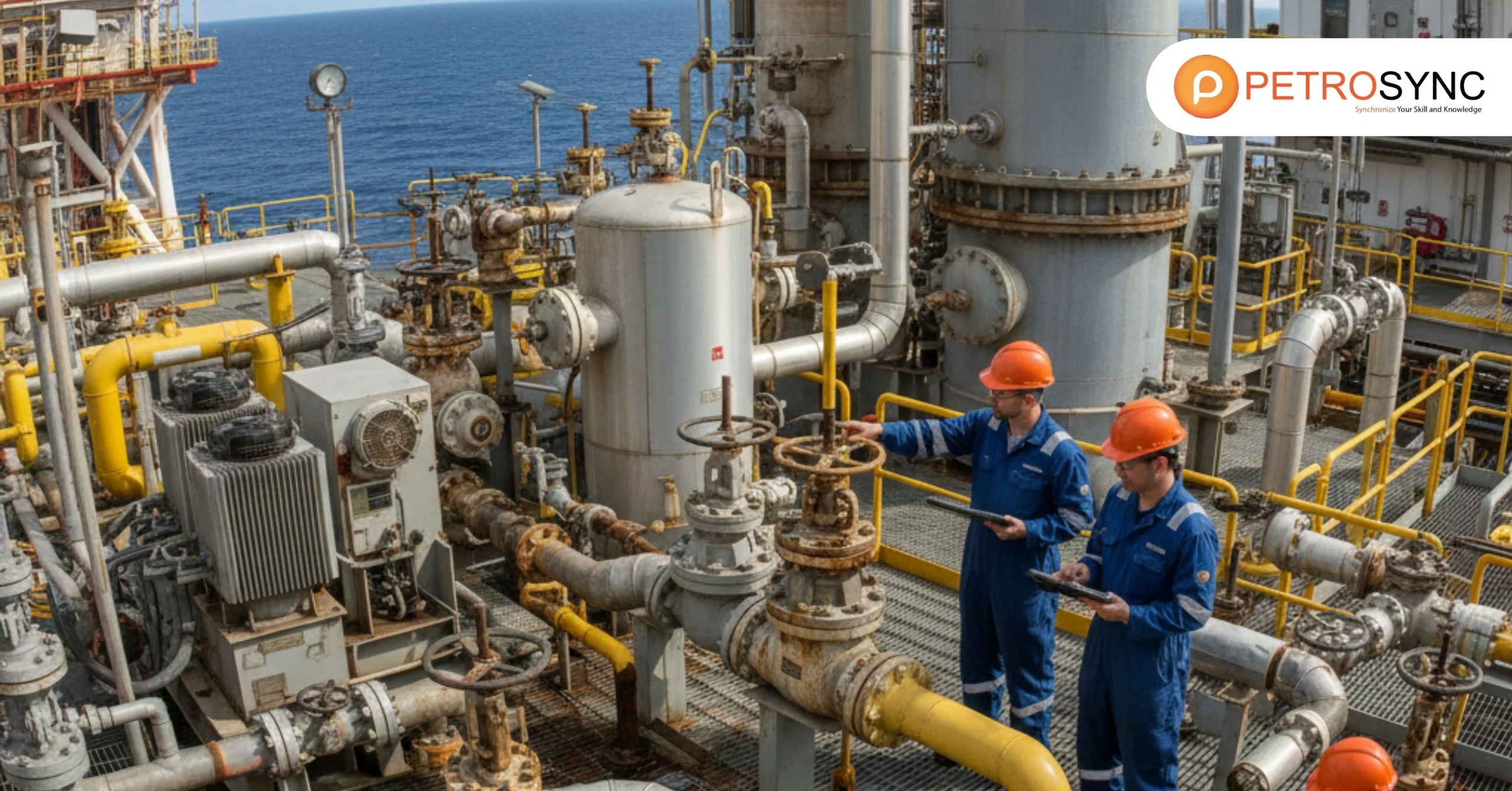Welcome to our comprehensive guide on drilling-related Frequently Asked Questions (FAQs). In this article, we have compiled some of the most frequently asked questions about drilling in the oil and gas industry. Let’s dive in and explore the answers to these common questions to deepen our understanding of drilling.
What Is Drilling for Oil and Gas?
Drilling for oil and gas involves the process of boring a hole through soil and rock to access geologic reservoirs that contain oil and gas, creating holes in the earth’s surface to access underground reservoirs that contain oil and natural gas. This process uses specialized equipment to dig deep into the ground until reaching these reservoirs.
Once the desired depth is reached, engineers secure the well using casing and cement to prevent leaks. Drilling for oil and gas is a crucial step in the exploration and production (E&P) process, allowing companies to extract these valuable resources for various purposes such as energy production and fuel supply.
What Is The Drilling Method in Oil and Gas?
The drilling method in oil and gas refers to drilling a hole deep into the earth, the technique used to create holes in the earth’s surface to access underground reservoirs containing oil and natural gas.
There are various drilling methods employed in the industry, such as rotary drilling, directional drilling, and hydraulic fracturing (fracking). Rotary drilling involves using a rotating drill bit to penetrate the ground, while directional drilling allows wells to be drilled at angles or curves to reach specific targets.
Hydraulic fracturing involves injecting fluids into the rock formation to create fractures and enhance oil or gas recovery. These drilling methods play a vital role in the exploration and production (E&P) process, enabling companies to extract oil and gas resources efficiently.
What Is The Drilling Program in Oil and Gas?
The drilling program in oil and gas refers to the program for the drilling of one or more wells within a specified area and time using one or more drilling installations, a comprehensive plan that outlines the steps and procedures for drilling wells to extract oil and natural gas. It includes various stages such as site preparation, well design, drilling operations, and well completion.
The drilling program specifies the types of equipment and materials needed, safety protocols to follow, and environmental considerations during drilling. Engineers and technicians carefully execute the drilling program to ensure the successful drilling of wells and the safe extraction of hydrocarbons from underground reservoirs. The drilling program is an essential part of the exploration and production (E&P) process in the oil and gas industry, guiding the entire drilling operation from start to finish.
What Are The 7 Steps in The Drilling Procedures?
The drilling process for oil and natural gas can be simplified into several key stages:
1. Preparing the Rig Site
This involves selecting the drilling location, clearing the area, and setting up infrastructure like access roads and platforms.
2. Drilling
The actual drilling operation begins with spudding, where the drill bit penetrates the surface and starts drilling into the earth to access the reservoir.
3. Cementing and Testing
After drilling to a certain depth, casing pipes are installed and cemented into place to stabilize the well. This step is crucial for well integrity and preventing leaks. Testing the well ensures it can handle production pressures.
4. Well Completion
Once the well is drilled and tested, it undergoes completion processes such as perforating the casing and installing production tubing to allow for oil and gas extraction.
5. Fracking
In some cases, hydraulic fracturing (fracking) is used to enhance production by creating fractures in the rock formation to release trapped hydrocarbons.
6. Production and Fracking Fluid Recycling
After completion and fracking, the well enters the production phase, where oil and gas are extracted. Fracking fluids and produced water are often recycled or treated to minimize environmental impact.
7. Well Abandonment and Land Restoration
When a well reaches the end of its productive life, it is properly plugged and abandoned to prevent environmental risks. Land restoration activities aim to reclaim the drilling site and minimize any disruptions caused during drilling operations.
These stages outline the comprehensive process of drilling for oil and natural gas, emphasizing the importance of proper planning, execution, and environmental stewardship throughout the drilling lifecycle.
What Is The Purpose of Drilling Oil?
The purpose of drilling oil is to access and extract underground reservoirs of oil and natural gas, which are then refined into products such as gasoline, jet fuel, waxes, asphalt, lubricating oil, various plastics, and a wide variety of other consumer goods.
What Is Drilling As A Job?
Drilling as a job (drilling engineer) involves managing two to three crews of rig workers, enforcing safety and efficiency, and ensuring all workers follow company and legal regulations while working in the oil and gas industry to operate drilling equipment and machinery. Your role includes creating holes in the earth’s surface to access underground reservoirs of oil and natural gas.
You will follow drilling plans and procedures, monitor drilling progress, and ensure safety protocols are followed at all times. Additionally, you may be involved in maintaining equipment, troubleshooting issues, and collaborating with a team of engineers and technicians to achieve drilling objectives efficiently and safely.
Why Is Drilling Important in The Oil and Gas Industry?
Drilling is important in the oil and gas industry, serving as the backbone for exploration and extraction operations, because it allows us to access and extract underground reservoirs of oil and natural gas. These resources are vital for meeting global energy needs and supporting various industries. Without drilling, we wouldn’t be able to recover these valuable hydrocarbons that are used to produce fuels for vehicles, energy for homes and businesses, and materials for manufacturing.
Why Do We Drill Offshore for Oil?
We drill offshore (and onshore) for oil because offshore areas often contain significant oil reserves beneath the seabed, which increases oil production. By drilling offshore, we can access these reserves and extract oil to meet energy demands. Offshore drilling also allows us to explore and develop new oil fields that may not be accessible on land.
Additionally, drilling offshore can help diversify energy sources and reduce reliance on land-based oil reserves. Despite the challenges and complexities of offshore drilling, such as harsh weather conditions and deep-sea environments, it remains an important part of our efforts to secure oil supplies and support economic activities.
Is Drilling A Good Career?
Drilling can be a good career choice for individuals interested in working in the oil and gas industry, as drilling is a challenging career. It offers opportunities to work with advanced technology, earn competitive salaries, and contribute to vital energy production.
However, it’s important to consider factors such as working in remote locations, potential hazards, and the physical demands of the job. With proper training, experience, and a commitment to safety, drilling can provide a rewarding and stable career path with opportunities for growth and development within the industry.
What Is A Drilling Engineer Called?
Drilling engineers usually hold degrees in petroleum engineering, but they can also come from different technical backgrounds like mechanical engineering, electrical engineering, or geology. They then receive training from an oil and gas company to work as drilling engineers.
What Are The Problems with Drilling Oil and Gas?
There are several problems associated with drilling for oil and gas, including the creation of doglegs and key seats, hole instability, lost circulation, and excessive bottom hole temperatures. One of the major concerns is environmental impact, such as pollution of land and water due to oil spills or improper disposal of drilling waste.
Another issue is the potential for accidents and safety hazards for workers, especially in offshore drilling operations where the risks are higher. Additionally, drilling activities can disrupt ecosystems, habitats, and local communities, leading to conflicts and concerns about resource depletion.
What Is The Role of Drilling Engineer?
The role of a drilling engineer is to plan, design, and oversee drilling operations in the oil and gas industry, including planning and organizing all the operations that take place in the drilling of oil and gas wells.
As a drilling engineer, you are responsible for developing drilling programs, selecting appropriate drilling equipment, and ensuring that drilling operations are conducted safely and efficiently. You work closely with geologists, drilling crews, and other technical professionals to determine the best drilling techniques and strategies for extracting oil and gas from underground reservoirs. Your role also involves analyzing drilling data, troubleshooting issues that arise during drilling, and implementing measures to minimize risks and environmental impacts.
Why Are Drillers Called Roughnecks?
Drillers are called “roughnecks” because they work in physically demanding and rugged environments during drilling operations. The term “roughneck” originated from the early days of drilling when workers had to use brute strength and toughness to handle heavy equipment and perform manual labor tasks on drilling rigs. These workers often faced challenging conditions such as extreme weather, heavy lifting, and long hours of work.
How Deep Is Oil and Gas Drilling?
Oil and gas drilling can reach varying depths depending on the location and geology of the reservoirs. It can range from a few thousand feet to several miles deep into the earth’s crust.
Some wells may be drilled relatively shallow, while others, especially in offshore or unconventional drilling, can extend to much greater depths. The depth of drilling is determined by factors such as the target reservoir’s location, the type of formation being drilled through, and the specific objectives of the drilling operation.
In conclusion, drilling activity in the oil and gas industry can be both complicated and beneficial for meeting energy needs. While drilling operations involve technical challenges such as complex geology, deep drilling depths, and environmental considerations, they play a crucial role in accessing vital energy resources. Through advanced technology, skilled engineering, and strict safety protocols, drilling activities contribute significantly to the production of oil and gas that powers our modern world.
In addition to the complexities and benefits of drilling activities in the oil and gas industry, engineers must acquire the proper skills and knowledge to excel in this field. PetroSync offers a range of drilling training programs designed to equip engineers with the necessary expertise and capabilities.
These drilling training programs cover various aspects of drilling operations, including Advanced HPHT Well Engineering, Stuck Pipe Prevention, Coiled Tubing, Well Completion and Workover and many others. By participating in PetroSync’s drilling training, engineers can enhance their understanding of drilling processes, improve their decision-making abilities, and stay updated with industry best practices and technologies.
Credit header image: loopnewslive

SEO specialist by day, fact-checker by night. An avid reader and content writer dedicated to delivering accurate and engaging articles through research and credible sources.

